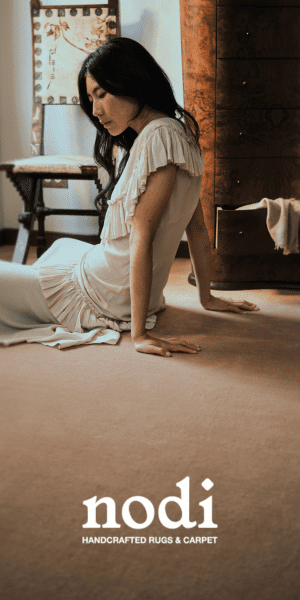In the hands of Wellington ceramicist Richard Stratton, the humble teapot transcends its origins to become high art
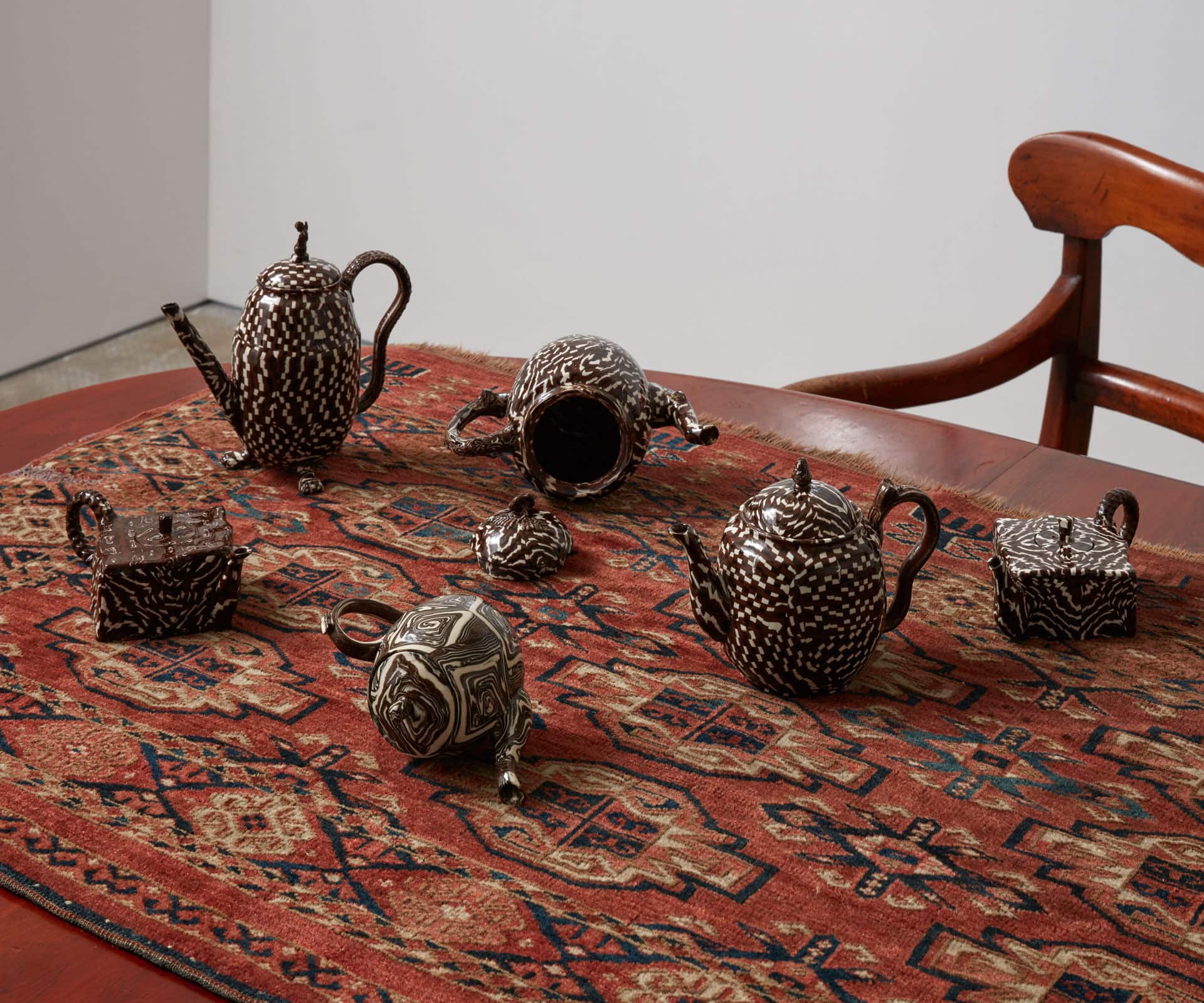
This talented Wellington ceramicist has pushed the boundaries of pottery
The fact that New Zealand’s premier pottery prize, the Portage Ceramic Awards, was won in 2017 by a teapot, seems initially like a pretty dreadful condemnation of the state of contemporary New Zealand ceramics. But there are teapots, and then there are Richard Stratton teapots. “Anna Miles [Stratton’s art dealer] says I’m teapot-hardwired,” Stratton tells me, sitting in his Wellington studio. “It’s one of my go-to forms. I get on the wheel and think, what am I going to make, and it turns into a bloody teapot!”
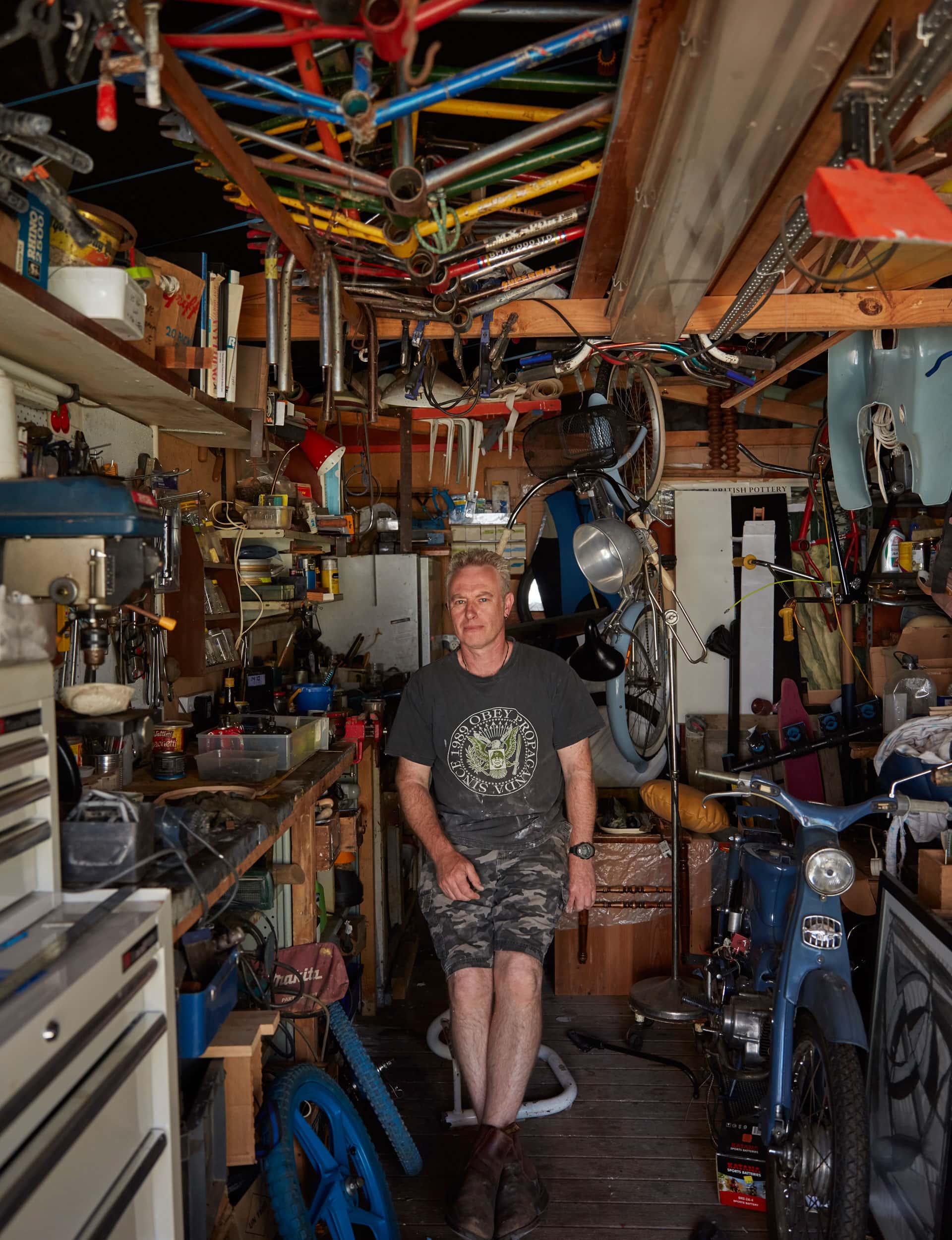
His teapots, and his vessels in general, are things of domestic wonder. His prizewinning ‘Forced turn Teapot’ is a proto-Brutalist object made from interlocking pieces – like cogs fallen out of a giant Soviet-era clock. The colour, somewhere between black clay and Corten steel, is a direct result of his research into 18th-century pottery processes – in this case, British basaltware. And it’s finished with an absurdly delicate handle-and-spout combo, with plenty of Alice in Wonderland (Disney version) in its upturned little tip.
Stratton’s attentiveness to history has made him one of the most intriguing potters in New Zealand: an artist who deserves serious attention for his absurdist virtuosity. This is due largely to the way he marries meticulous research with a material mastery years in the making. Having started working with ceramics at Otago Polytechnic in the late 1980s, he’s dedicated the past 30 years to perfecting his control of the medium. It’s only now, he says, that he feels he’s getting close.
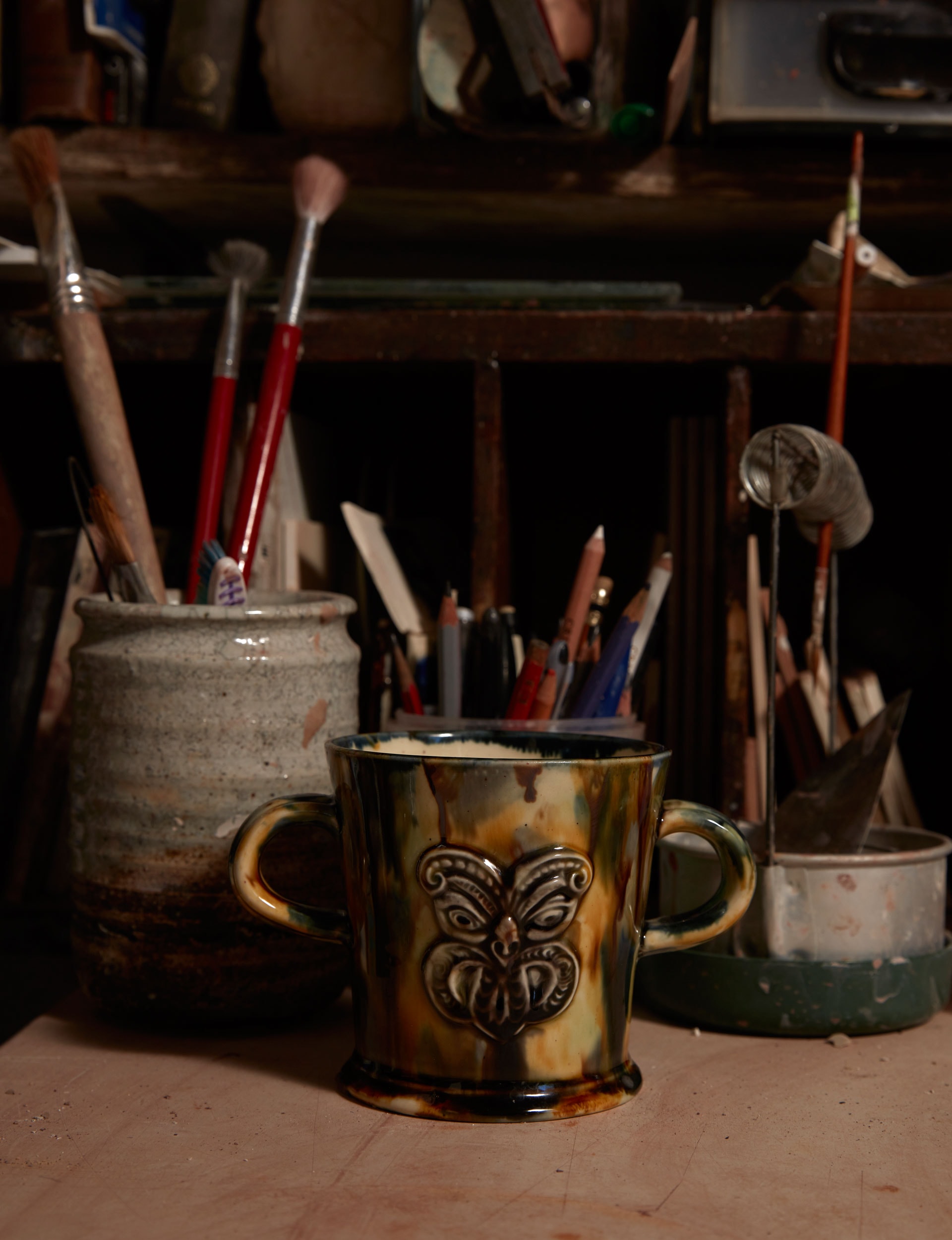
He’s also starting to find a wider audience, and wider acclaim, particularly within the contemporary art world. In 2015, he had a transformative residency at the International Ceramic Center in Guldagergaard, Denmark. But rather than parking up in his studio, Stratton hit the road. He went “mudlarking” in the Thames: stomping about in the river’s low-tide sludge searching out sherds of old slipware. He got museum fatigue in city after city, studied the chemical makeup of old clays and glazes, and discovered the work of Alexander Archipenko, whose sculptures bridged the avant-garde space between Picasso’s Cubist Paris and Lenin’s revolutionary Russia. The industrial pottery of 18th and 19th-century Denmark also had a profound impact on him.
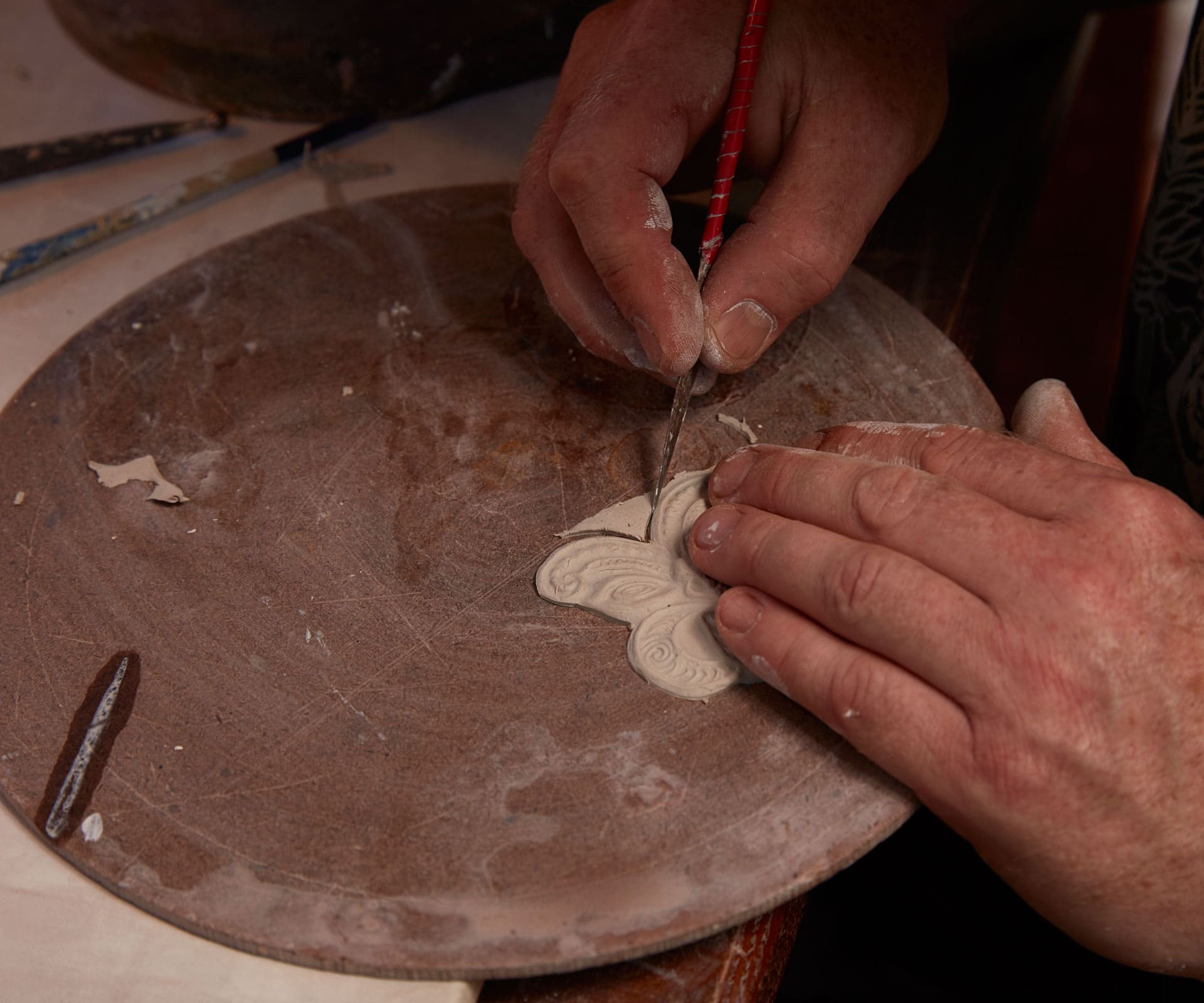
“For me, industrial makers have always been more appealing for some reason,” says Stratton. “If you look at some of the early Danish potters, the glazes are amazing, and the forms are simplistically balanced.”
The Danes had an immediate impact on Stratton’s work: “I like the boldness of the designs and forms, and the firing techniques. And they weren’t using space-age materials like we are. So I’ve effectively ‘dumbed down’ my ceramics, rather than going the opposite way.”
This, of course, doesn’t do the work justice at all. The full scope of his post-residency work is on display in his solo show Living History: an exhibition that started at the Dowse Museum. This says a lot about his workaday approach, in which he builds everything from the bottom up in his studio – processing clay and mixing glazes, all the way through to firing his finished works. He only produces about 20 objects a year. Some, he says, can take more than a month to build.
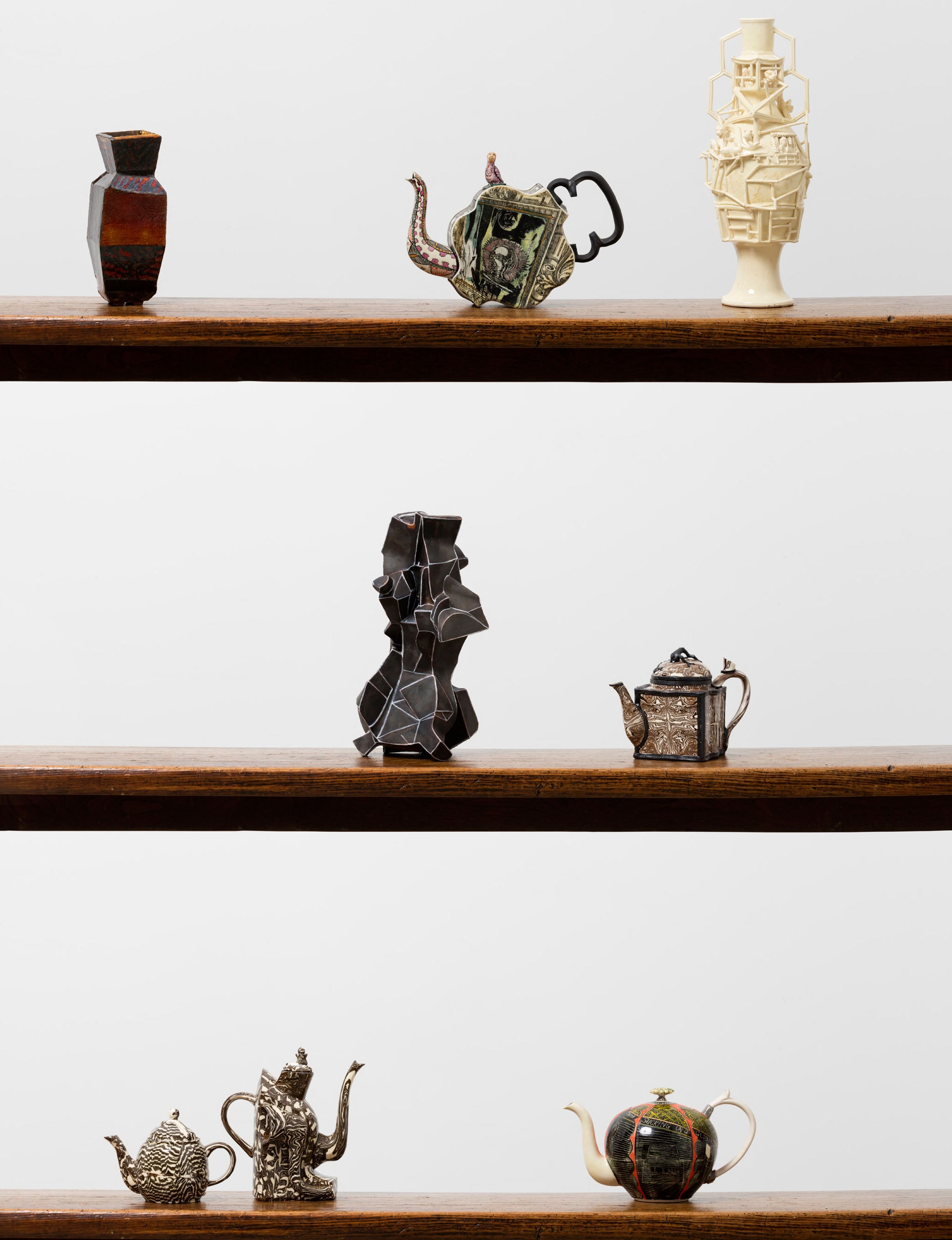
Right now, he’s having a studio reshuffle, and jokes that one of the most important decisions is getting the stereo in the right spot. It’s a welcome break after the pressures of making the work for Living History, which often involved 10-hour days. “I was getting so sick of pots,” he says.
And yet, in the studio, another teapot is underway. Stratton’s slow, idiosyncratic process is a far cry from the industrial throwers of the past that he so reveres – the workers who, in Denmark, China and Britain, mastered their forms anonymously, shaping our domestic lives in the process. Concentrated in the wrong hands, it’s the kind of reverence for past techniques that could tip easily into nostalgic hipsterism. In Stratton’s though, it is something else: a genuine and critical retrieval, from which he dredges up some very new, very remarkable forms.
Words by: Anthony Byrt. Photography by: Sam Hartnett.
[related_articles post1=”81720″ post2=”81255″]
